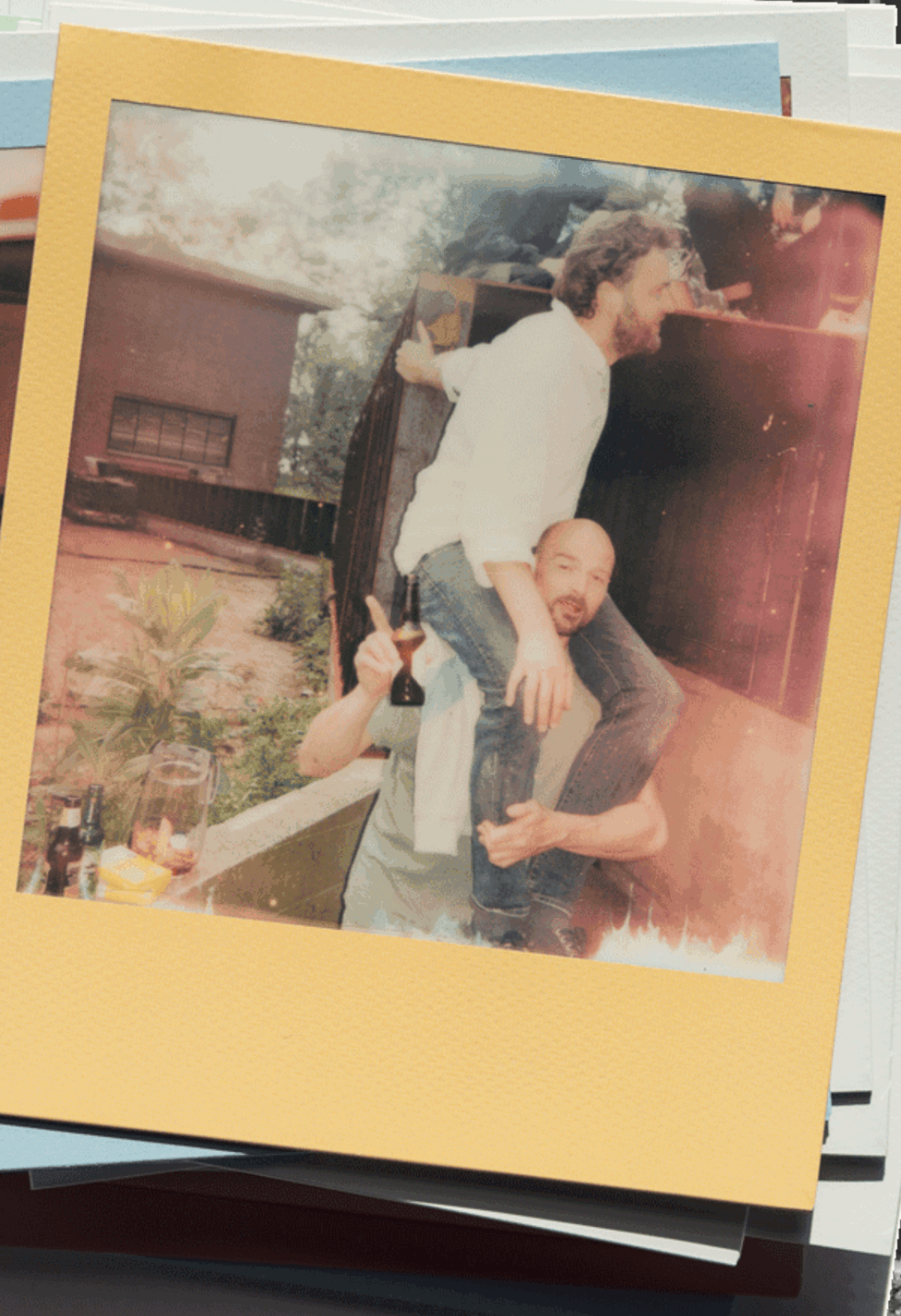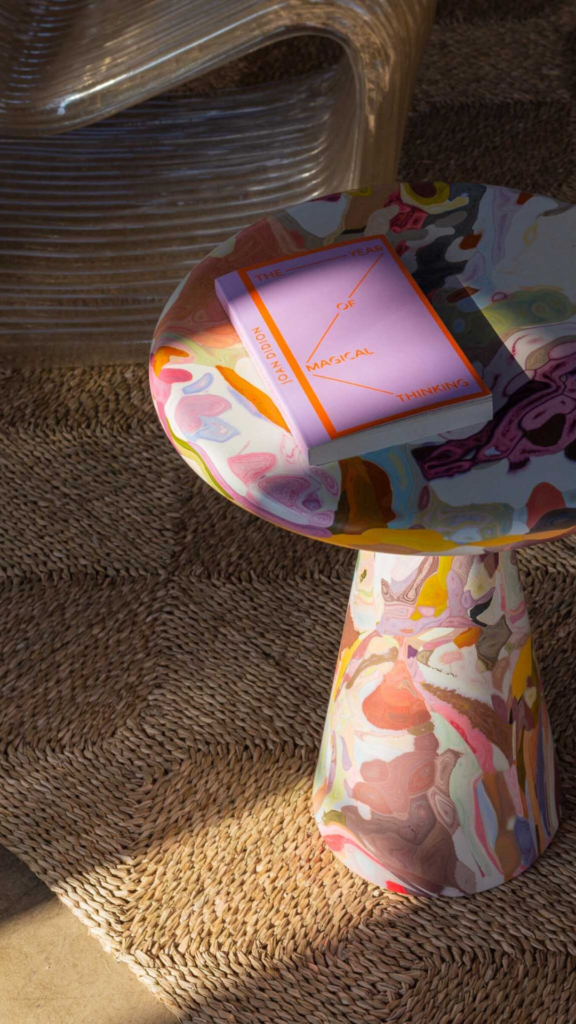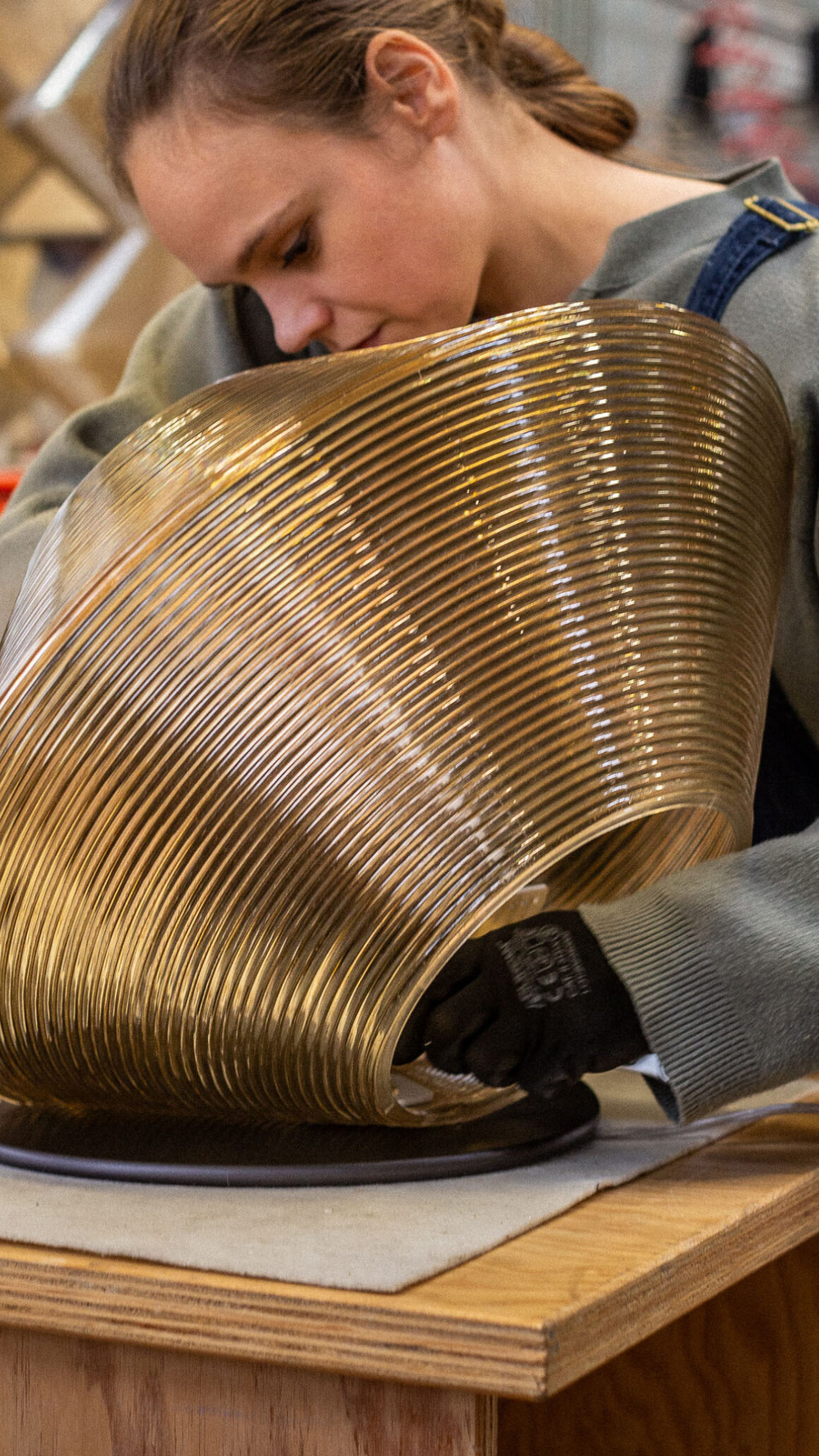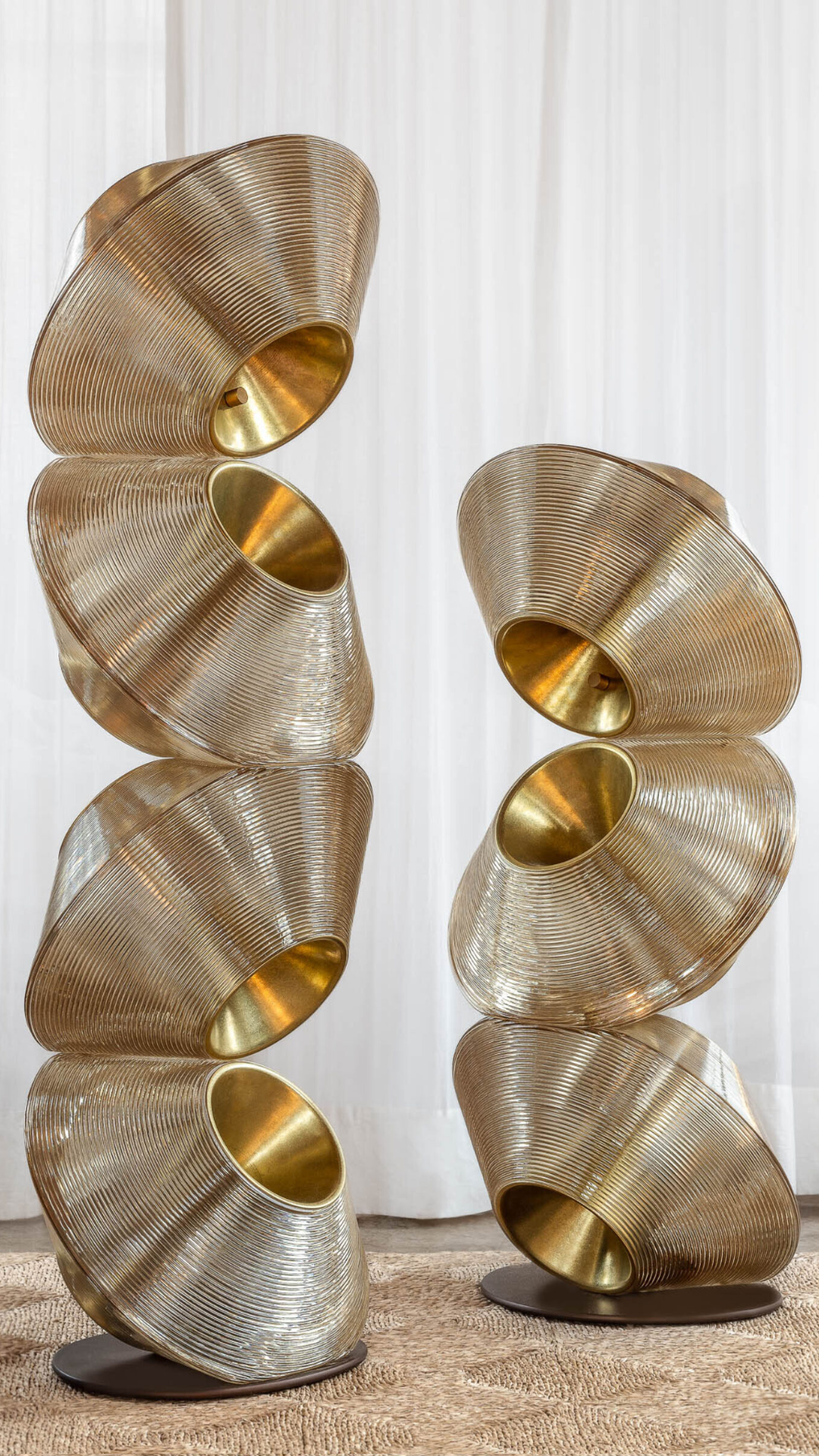
Dirk van der Kooij hat sich auf die Suche nach der Wahrheit im Kunststoff begeben. Ein extrem vielfältiges Material, das bisher aber nur ein Nachahmer ohne eigener Bestimmung war.
3 Fragen an Dirk van der Kooij
1. How do you start your design process? Is it greatly influenced by programming (for 3D printing) and testing?
There are certain basic parameters that my robots can’t extend beyond. With this in mind, most objects start life as 3D drawings plotting the movements of the robot. This is mostly guesswork, as the translation between the 3D file and the actual object is by no means direct. Here begins a cycle of adapting the 3D file in response to dozens of printed iterations. As we can reclaim all of our printed material, there’s nothing to deter me from exploring every possible expression of a concept.
1. Wie beginnt ihr den Designprozess? Wird er stark von der Programmierung (für den 3D-Druck) und dem Testen beeinflusst?
Es gibt bestimmte grundlegende Parameter, die meine Roboter nicht überschreiten können. Mit diesem Gedanken im Hinterkopf beginnen die meisten Objekte als 3D-Zeichnungen, die die Bewegungen des Roboters festlegen. Dies geschieht größtenteils durch Ausprobieren, da die Übersetzung zwischen der 3D-Datei und dem tatsächlichen Objekt keineswegs direkt ist. Hier beginnt ein Zyklus der Anpassung der 3D-Datei als Reaktion auf Dutzende gedruckter Iterationen. Da wir all unser gedrucktes Material wiederverwenden können, gibt es nichts, was mich davon abhält, jede mögliche Ausdrucksform eines Konzepts zu erkunden.

Foto: Dirk van der Kooij
2. Could you describe the different steps that it takes to create a 3D printed TOL Lamp and the Meltingpot Table?
The Tol Lamp is made of recycled plastic and brass—I’m quite fascinated by this combination, as it makes out that the plastic is also a durable and precious material. The, on the other hand, tries to reframe plastic by making it very solid and expressive. Plastic is a material that doesn’t really have an identity of its own, which is why I seek to create objects that can reveal more of this material’s personality: from the delicate, crystal-like lines of the Tol through to the swirly, surreal patterning of the Meltingpot.
2. Die TOL-Lampe und der Meltingpot-Tisch stehen für unterschiedliche Fertigungsprozesse. Wie unterscheiden sich diese?
Die Tol-Lampe besteht aus recyceltem Kunststoff und Messing – ich bin von dieser Kombination sehr fasziniert, da sie den Kunststoff auch als strapazierfähiges und wertvolles Material darstellt. Der Meltingpot versucht hingegen, Kunststoff durch eine sehr solide und ausdrucksstarke Gestaltung neu zu interpretieren. Kunststoff ist ein Material, das nicht wirklich eine eigene Identität hat, daher versuche ich, Objekte zu schaffen, die mehr von der Persönlichkeit dieses Materials offenbaren: von den zarten, kristallähnlichen Linien der Tol bis hin zu den wirbelnden, surrealen Mustern des Meltingpot.
»I found myself searching for truth in plastic, like the rings in wood reveal its age.«
3. How do you collect the plastic that you use for the designs?
We used to collect, sort, and process plastic on our own (CDs, lawn furniture, etc.), but that was quite disastrous in terms of the time involved and the risk to our machines. Now we buy pelletised plastic from recyclers across the Benelux.
3. Wie sammelt ihr den Kunststoff, den ihr nutzt?
Früher haben wir Kunststoff (CDs, Gartenmöbel usw.) selbst gesammelt, sortiert und verarbeitet, aber das war in Bezug auf den Zeit- und Maschinenrisikoaufwand ziemlich katastrophal. Jetzt kaufen wir pelletisierten Kunststoff von Recyclern in den Benelux-Ländern.


Foto: Dirk van der Kooij

Foto: Dirk van der Kooij
